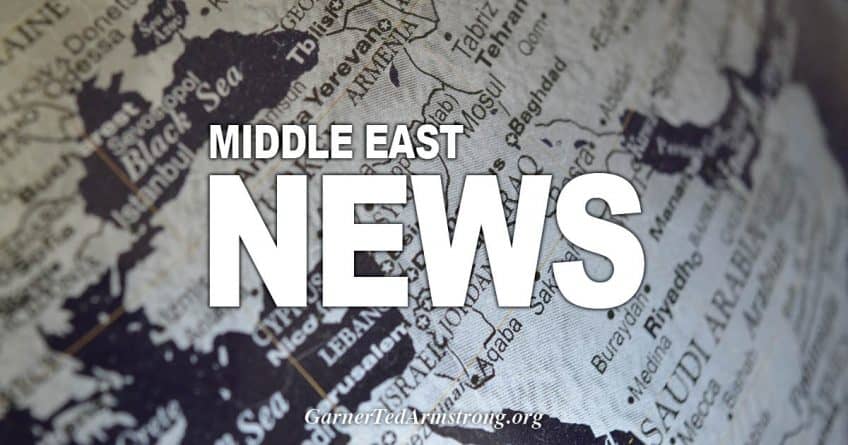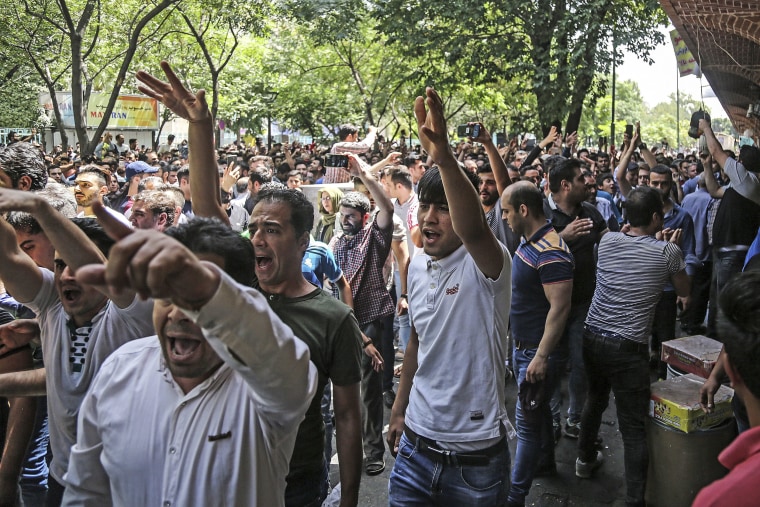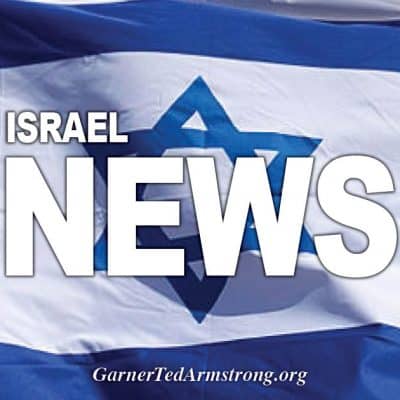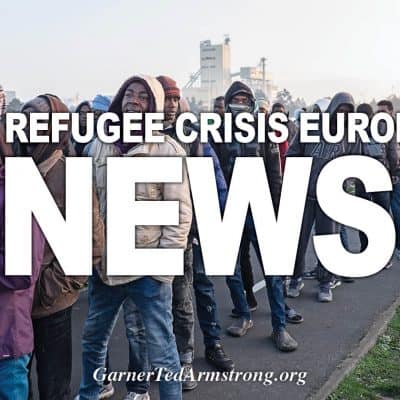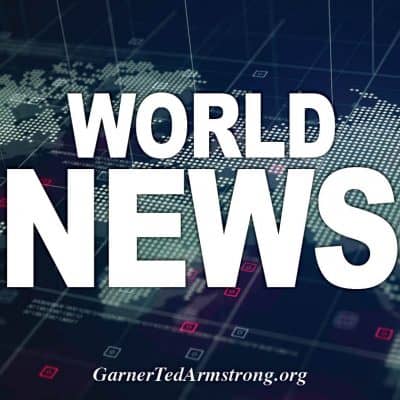The unrest signaled widespread unease after the U.S. decision to withdraw from Tehran’s nuclear deal and restore sanctions on the country.
Protesters chant slogans at the old grand bazaar in Tehran, Iran, on Monday.Iranian Labor News Agency / AP
DUBAI, United Arab Emirates — Protesters angered by Iran’s cratering economy confronted police in front of Parliament on Monday, with security forces firing tear gas, according to online videos, the first such confrontation after similar demonstrations rocked the country at the start of the year.
The unplanned demonstration came a day after protests forced two major shopping centers for mobile phones and electonics to close in Tehran and after demonstrators earlier closed its Grand Bazaar.
It signaled widespread unease in the wake of President Donald Trump’s decision to withdraw the United States from Tehran’s nuclear deal with world powers and to restore sanctions on the country.
It wasn’t immediately clear who led the protests. Iran’s semi-official news agencies, Fars, ISNA and Tasnim, described the protests at the Grand Bazaar as having erupted after the Iranian rial dropped to 90,000 to the U.S. dollar on the country’s black market, despite government attempts to control the currency rate.
Videos posted to social media showed protesters at the bazaar heckling shopkeepers who refused to close, shouting in Farsi: “Coward!”
A short time later, videos shared by Iranians on social media appeared to show a crowd confronting police at Parliament, about a mile from the Grand Bazaar. The videos show what appears to be tear gas in the air and protesters screaming, “They attacked us with tear gas!” Another man is heard shouting: “Come back!”
Other videos appeared to show police charging into the crowd.
State media in Iran didn’t immediately report the Grand Bazaar demonstration. Only Fars reported on the Parliament protest, which it described only as an incident in which shopkeepers asked lawmakers to “stop rising prices.”
Tasnim later quoted the head of Iran’s Chamber of Guilds, Ali Fazeli, as saying the situation at the bazaar was calm.
“Their demands are delivered through the chamber to the government, and these are being pursued by us,” he said.
Tehran’s sprawling Grand Bazaar has long been a center of conservatism in Iranian politics, and it remains an economic force within the country — despite the construction of massive malls around the city. Bazaar families opposed the Shah Mohammad Reza Pahlavi and supported the 1979 Islamic Revolution that replaced him with a Shiite theocracy and elected officials.
At the end of last year, similar economic protests roiled Iran and spread to about 75 cities and towns, becoming the largest demonstrations in the country since its 009 disputed presidential election. At least 25 people were killed and nearly 5,000 others were arrested in the protests in late December and early January.
However, those protests largely struck Iran’s provinces, as opposed to Tehran itself. Analysts said hard-liners likely encouraged the first protest, which took place in Mashhad, to try to weaken President Hassan Rouhani, a relative moderate. The protests then spiraled out of control, with people openly criticizing Rouhani and Iran’s supreme leader, Ayatollah Ali Khamenei.
Some hard-liners have called for new elections or for a military-led government to replace Rouhani’s government. The Fars news agency, which is believed to be close to Iran’s hard-line paramilitary Revolutionary Guard, made a point Monday of publishing an article from the daily newspaper Sobh-e No describing the government as being ready to “bow down to foreign threats and sit at the negotiation table.”
Eshaq Jahangiri, Iran’s first vice president, was quoted Monday as saying “we’re on the verge of an economic war by an economic terrorist,” referring to the United States.
“Conditions will get worse in future,” Jahangiri said, according to the pro-reform daily newspaper Etemad. “Even our friends and neighbors, like Russia, China and Europeans, can’t help us today.”

